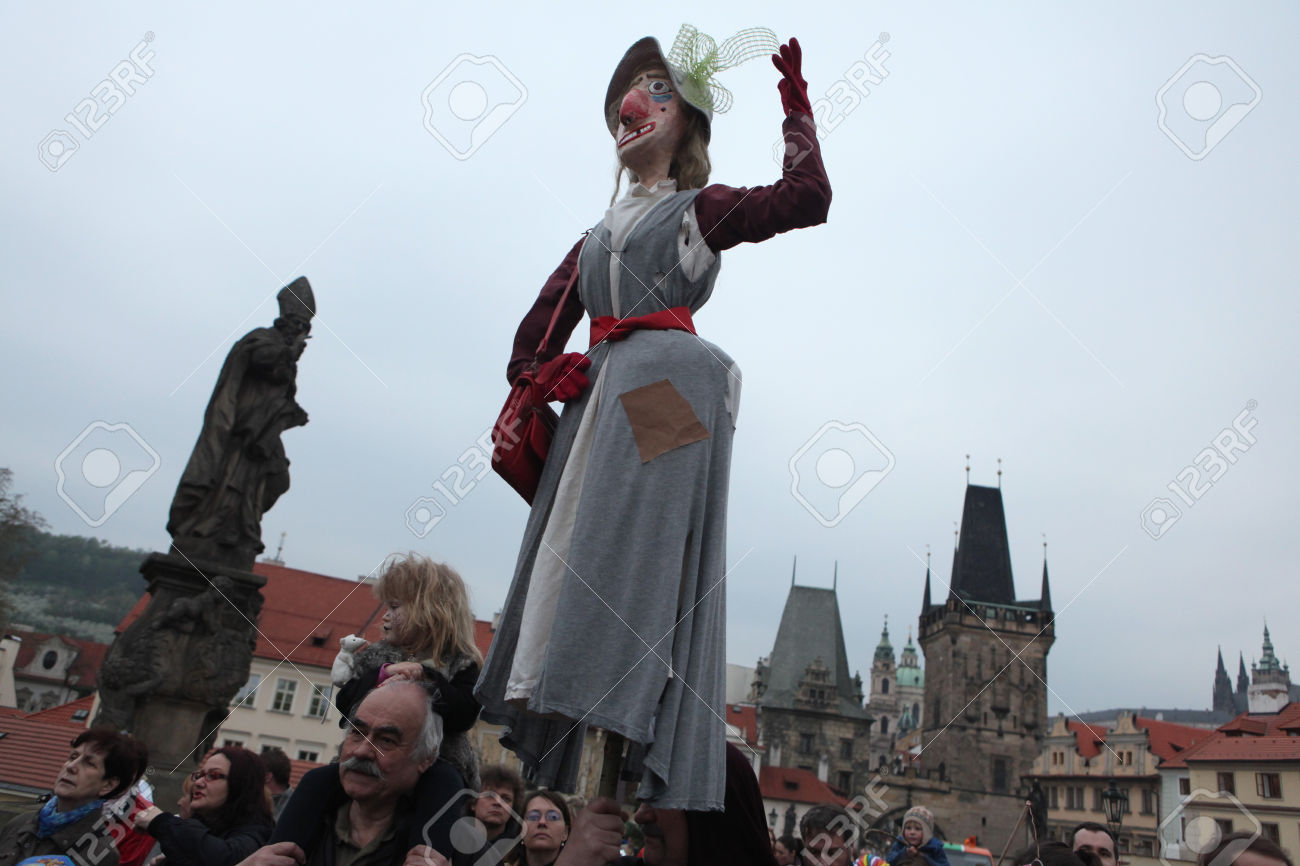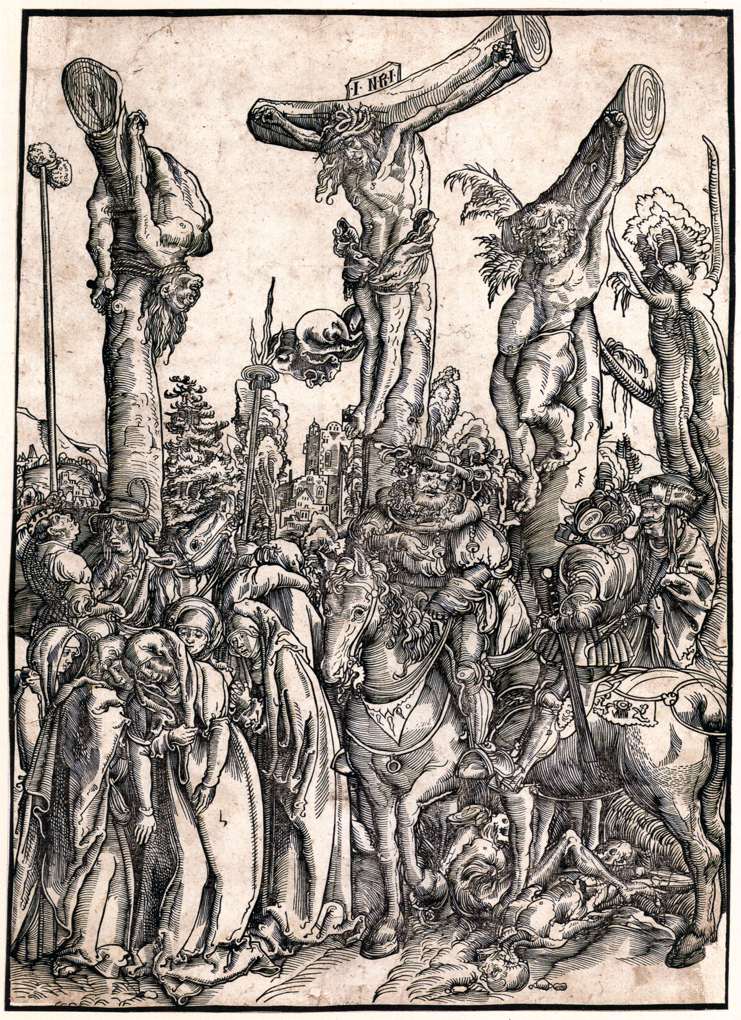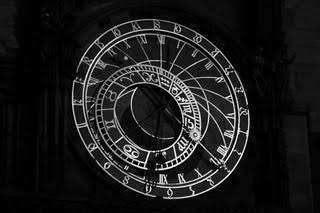
PRAGUE, CZECH REPUBLIC – APRIL 30, 2013: Participants of the costumed parade at the Witches Night carry a straw witch over the Charles Bridges in Prague, Czech Republic.
Walpurgis Night is the English translation of Walpurgisnacht, one of the Dutch and German names for the night of 30 April, so called because it is the eve of the feast day of Saint Walpurga, an 8th-century English missionary to the Franks. In Germanic folklore, Walpurgisnacht, also called Hexennacht, literally “Witches’ Night”, is believed to be the night of a witches’ meeting on the Brocken, the highest peak in the Harz Mountains, a range of wooded hills in central Germany between the rivers Weser and Elbe. May 1, also known as May Day and Beltane, was long celebrated in pre-Christian Europe as a highpoint of the magical year and many of the traditions and practices associated with it carried over into the celebration of Walpurga’s festival.
In much of Central Europe today, Walpurgis Night has become a holiday similar to Hallowe’en in the United States. People dress up as witches and go out to party — as in the photo above. There is often lots of drinking! In many places, a witch is burnt in effigy. In Prague, Walpurgis Night — Čarodějnice in Czech — is a very popular holiday. There are two Central European holidays that I would love to arrange to attend sometime… one is the Krampus parades in Salzburg in early December and the other is Walpurgis Night in Prague! (I guess another holiday I’d like to see sometime are the Midsummer bonfires in late June. Anybody want to join me? Maybe we can arrange a group to go together to one of these holidays!)
(A chapter of Come Hell or High Water, Part One: Wellspring happens on Čarodějnice.)
You can also read my 2014 post about Walpurgis Night if you want.



